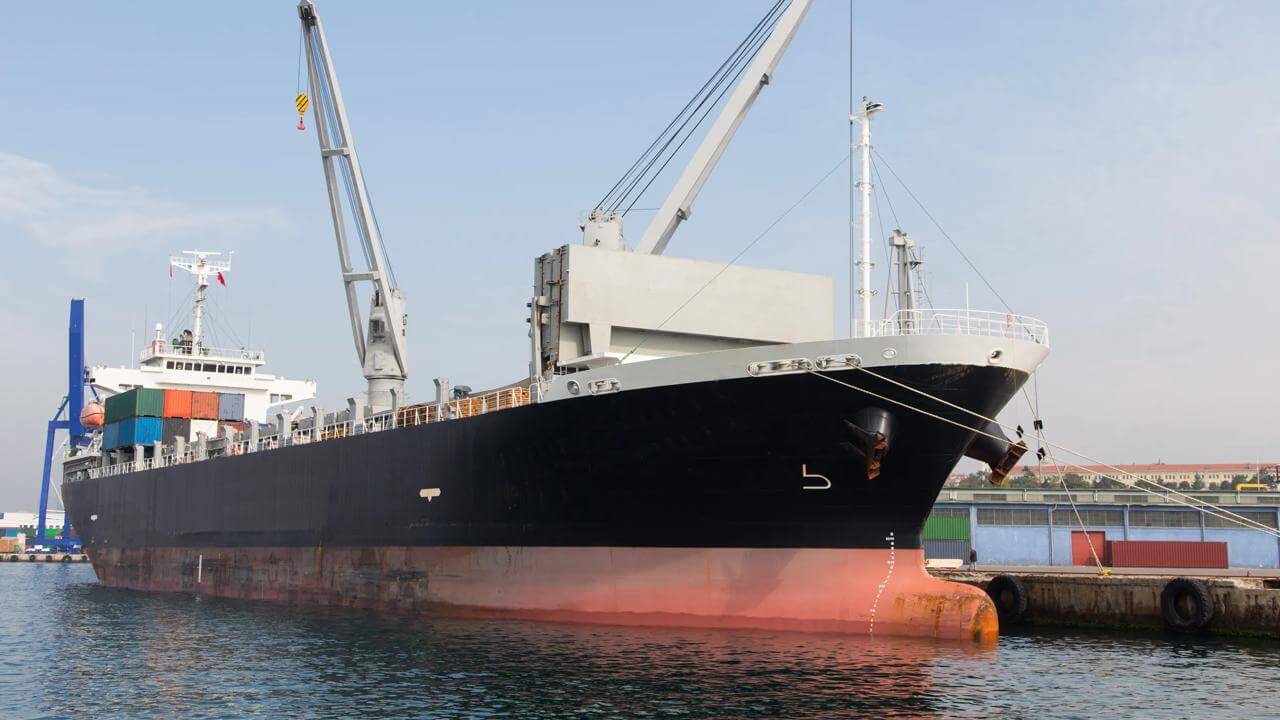In two very recent cases relating to the operation of exclusion clauses (and coincidentally both involving Allianz as the insurer), the Court of Appeal and High Court were again asked to grapple with the concept of ‘proximate cause’.
In Brian Leighton, the Court of Appeal overturned the decision at first instance. The Claimant was a garage with fuel lines to a forecourt. It had an All Risks policy with Allianz, which included cover for property damage and business interruption.
The Claimant suffered a fuel leak, caused by a sharp object rupturing one of the fuel lines, which leaked fuel and contaminated the grounds of the forecourt and the building. The Claimant was forced to close its premises given the risk of fire or explosion. It made a claim under its policy with Allianz for clean-up and reinstatement costs, and for loss of profits.
The claim was declined by Allianz relying upon the pollution and contamination exclusion, which excluded: “Damage caused by pollution or contamination…” save for limited circumstances which were covered by a write back. It was common ground that the write back provisions did not apply.
The dispute centred over whether the damage was caused by the sharp object piercing the fuel line, which led the fuel to leak that subsequently contaminated the land (the insured's case) or whether the cause of the damage was the contamination of the land by the fuel (Allianz's case), which would engage the exclusion.
By a majority ruling the Court of Appeal sided with the insured. At first blush this may appear surprising given the express exclusion clearly intended to deal with pollution and contamination claims.
Whilst the leaking fuel was the last link in the chain of causation, the piercing of the fuel line by the stone was the dominant cause. The Court of Appeal drew on the approach in Leyland Shipping v Norwich Union (1918) where a ship was badly damaged having been torpedoed by a submarine. During a repair it was moved from one quay to another, suffered further damage and was lost. It was found that the ship sank because it was torpedoed, rather than the perils of the sea at the time of the repair, which meant that a war action exclusion applied.
This approach can be distinguished from cases where there are multiple causes which are equally dominant, but where one of those causes is excluded and one insured. In that scenario, the exclusion bites to override the insured peril. This is the concurrent causes principle from Wayne Tank and Pump Co Ltd v Employers’ Liability Assurance Corp (1973). Application of this principle does not require the insurer to prove that the excluded cause is proximate, just effective or contributory.
If underwriters want the scope of the exclusion to be construed more widely, seeking to capture any pollution or contamination, rather than using “caused by” in the exclusion clause then they could consider a reference to damage “directly or indirectly caused by” …
Hot on the heels of the Brian Leighton case the High Court ruled in Allianz v University of Exeter that the controlled detonation of a previously unexploded WWII bomb did fall within the policy’s war exclusion clause.
In this instance, the Court found the initial dropping of the bomb by German forces, rather than its later controlled detonation, to be ‘the’ or at least ‘a’ proximate cause of the loss. The Court therefore upheld Allianz’s declinature of the claim.
In part of a broader discussion of key authorities, the judgment applied the test set by the Supreme Court in FCA v Arch Insurance Ltd (2021) to draw out key principles on proximate cause. Notably highlighting that if the subsequent cause of loss was human intervention, which was both reasonable and necessary, the interference could be disregarded when considering causation.
The High Court in Allianz v University of Exeter also endorsed Leyland Shipping, drawing on their approach to causation as a ‘net’ rather than a usual ‘chain’. This is because causative forces are not linear but may converge from all directions. Therefore, it is the character of those events rather than the chronological order that should be considered when determining proximate cause.
On the facts, neither the passage of time nor the denotation were held to break the chain of causation, prompting causation to be viewed as the aforementioned ‘net’ rather than ‘chain’ of events. When examining the true proximate cause, practitioners should look beyond the cause closest in time to the loss and instead search for the cause which is efficient and effective to the ascribed event.
Given the importance of this issue to the insurance sector, it is worth keeping an eye on whether this case will also be appealed to the Court of Appeal.
For a more detailed analysis of these cases, see our briefing notes here and here.
Contents
- Perils: Property insurance claims newsletter - May 2023
- Visual intrusion is oppressive: Fearn v Tate Gallery
- The risk of encroachment is not a nuisance: Davies v Bridgend County Council
- COVID-19 BI Claims rumble on
- The perfect financial storm: top 5 trends making a mischief with BI adjustments
- Parties are in hot water over hot works dispute

Rachael Murphy
Principal Associate
rachael.murphy@brownejacobson.com
+44 (0)115 976 6219









































